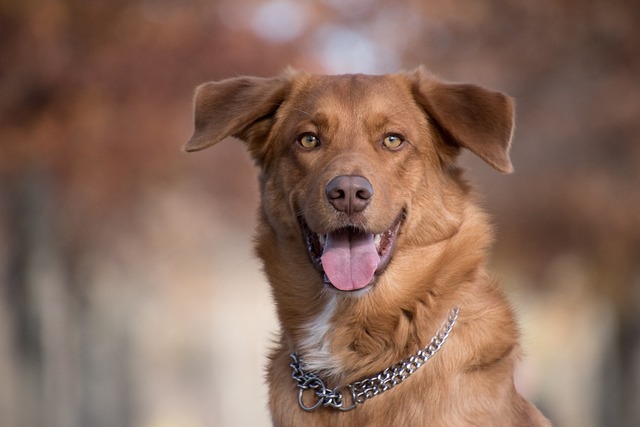
How to prevent dogs from engaging in aggressive behavior towards humans
When a gentle dog suddenly bares its teeth at a passerby or emits a warning growl when a family member approaches,
When you carefully pick up the nail clippers and approach the dog, it suddenly bares its teeth, growls, and even tries to struggle and bite you. The tension and helplessness at that moment trouble many pet owners. Trimming a dog's nails is an important part of daily care, but its aggressive behavior not only increases the difficulty of the operation but also poses a risk of injury. Looking at the dog's wary eyes, we understand that this is not its intention but an instinctive reaction of fear and unease. To trim a dog's nails smoothly, we need to deeply understand the root cause of its resistance and use professional methods and warm love to dissolve its defensiveness, making nail trimming no longer a "battle".
The dog's aggressive behavior during nail trimming often stems from various complex reasons. Physiologically, there are blood vessels and nerves in the dog's nails, which are commonly known as the "quick". If the quick is accidentally cut during nail trimming, it will cause severe pain and bleeding. This painful experience will make the dog fearful and resistant to nail trimming. Even just one unpleasant trimming experience may make the dog vigilant every time its nails are trimmed in the future, associating nail trimming with pain and thus showing aggression. For example, once a dog was cut on the quick, and every time it saw the nail clippers, it would struggle wildly, whine, and even try to bite to protect itself.
In addition to the fear of pain, unfamiliar tools and operation methods can also make the dog feel uneasy. Nail clippers are unfamiliar items to the dog. Their metallic texture and the sound when opening and closing will instinctively make the dog wary. When the owner trims the nails, the action of holding the dog's paws restricts its freedom of movement, making it feel restrained and thus resistant. Some dogs have a more sensitive personality and care about changes in the surrounding environment and things. A series of unfamiliar operations during nail trimming can easily trigger their defense mechanism and show aggression.
In addition, the dog's past experiences and personality traits can also affect its attitude towards nail trimming. If a dog has not received appropriate socialization training in its puppyhood and has not been exposed to daily care such as nail trimming, it may feel strange and afraid of this behavior. Some dogs with a strong personality and high defensiveness are more reluctant to let others touch their paws. Once they feel threatened, they will not hesitate to launch an attack to protect themselves.
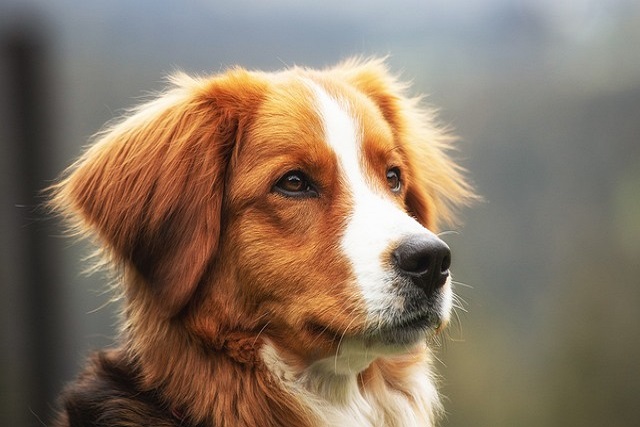
To deal with the dog's aggression during nail trimming, we should start by eliminating its fear and unease. Before officially trimming the nails, the owner can let the dog get familiar with the nail clippers. Place the nail clippers in front of the dog, let it smell and see them, talk to it in a gentle tone, and give snacks as rewards, so that the dog can associate the nail clippers with positive experiences. Then, gently stroke the dog's paws, starting from the toes and gradually moving to the paws and legs. Give snacks and praise after each stroke, allowing the dog to get used to the feeling of having its paws touched. This process requires patience, and don't be in a hurry. Wait until the dog can relax and accept the presence of having its paws stroked and the nail clippers.
When trimming the nails, choosing the right time and environment is also very important. Try to do it when the dog is relaxed and calm, such as after it has played and taken a short rest or after feeding. Avoid trimming the nails when the dog has just woken up, is hungry, or is emotionally agitated. At the same time, create a quiet and comfortable environment to reduce external interference. You can choose to do it in a room that the dog is familiar with, lay a soft mat, and let it accept the trimming in a relaxed state.
During the trimming process, the correct operation method is crucial. The owner should hold the dog's paws with one hand, with moderate force, ensuring that the dog cannot break free but also not too hard to cause pain. Pick up the nail clippers with the other hand and start trimming carefully from the tip of the nail. Trim a small part each time and observe the position of the quick inside the nail to avoid cutting it. If the dog shows unease or resistance, stop the operation immediately, gently stroke it, soothe it with gentle words, and continue after it calms down. If the quick is accidentally cut and bleeding occurs, don't panic. Immediately press with a clean cotton ball or gauze to stop the bleeding, and you can also apply styptic powder to the bleeding area. After dealing with the wound, give the dog more comfort and rewards to eliminate its fear.
For dogs with strong aggression and difficulty in cooperating, you can also seek the help of professionals. Pet groomers or veterinarians, after professional training, have rich experience and skills and can trim the dog's nails more safely and effectively. When a professional is operating, the owner can observe and learn on the side to understand the correct trimming methods and skills and then try to trim the dog's nails by themselves.
Dealing with the dog's aggression during nail trimming is a "protracted war" that requires patience and love. Every careful attempt and every gentle soothe are about building trust with the dog. When you see a dog that was once full of resistance quietly cooperating with nail trimming and even wagging its tail waiting for rewards after trimming, all the efforts are extremely worthwhile. In the days of accompanying the dog, these seemingly trivial care processes are opportunities for us to deepen our affection and mutual understanding with them. Use professionalism and love to dissolve the dog's defensiveness and make every nail trimming a warm interactive moment.

When a gentle dog suddenly bares its teeth at a passerby or emits a warning growl when a family member approaches,
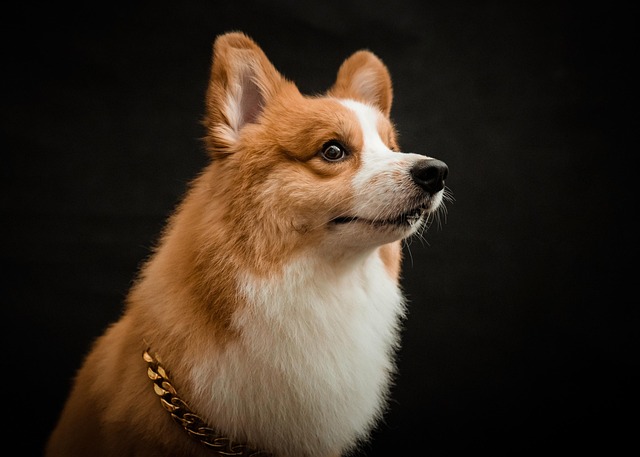
When the owner is looking forward to the dog sleeping peacefully in the airline box, but the dog whimpers, scratches, or avoids the airline box, every pet owner feels helpless and distressed.
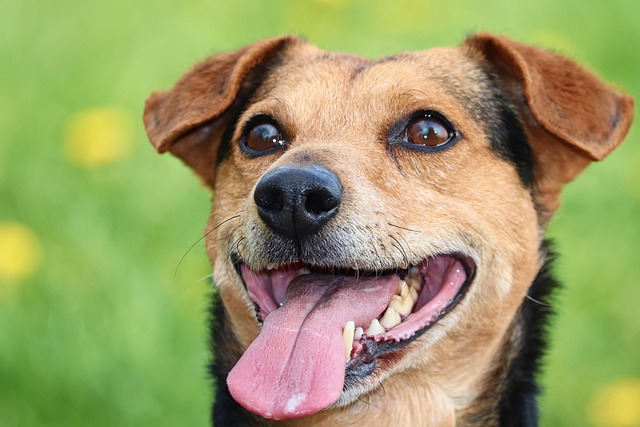
When you finish a busy day and open the door, the dog rushes towards you like a small cannonball, jumps up enthusiastically and pounces on you.
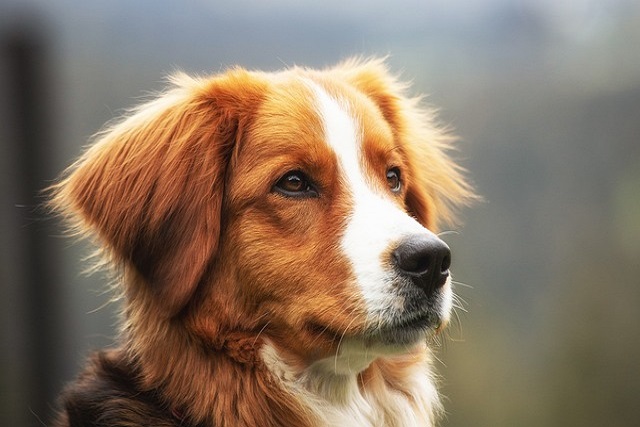
When you carefully pick up the nail clippers and approach the dog, it suddenly bares its teeth, growls, and even tries to struggle and bite you.

When you happily reach out to hug your dear dog, but suddenly it bares its teeth, growls, or even bites you; or when a child in the family approaches to play
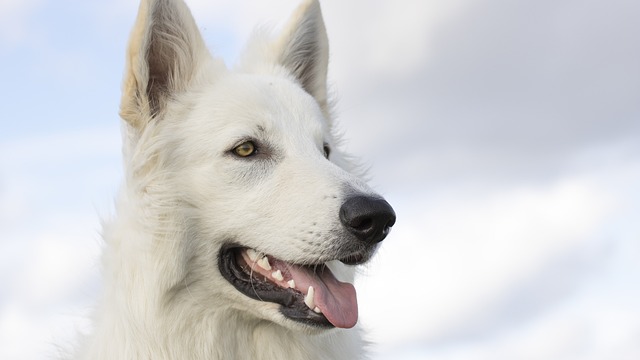
When you get up in the morning and see the "masterpiece" of the dog on the floor, or when you get home from work and are greeted by the pungent odor and the messy scene,